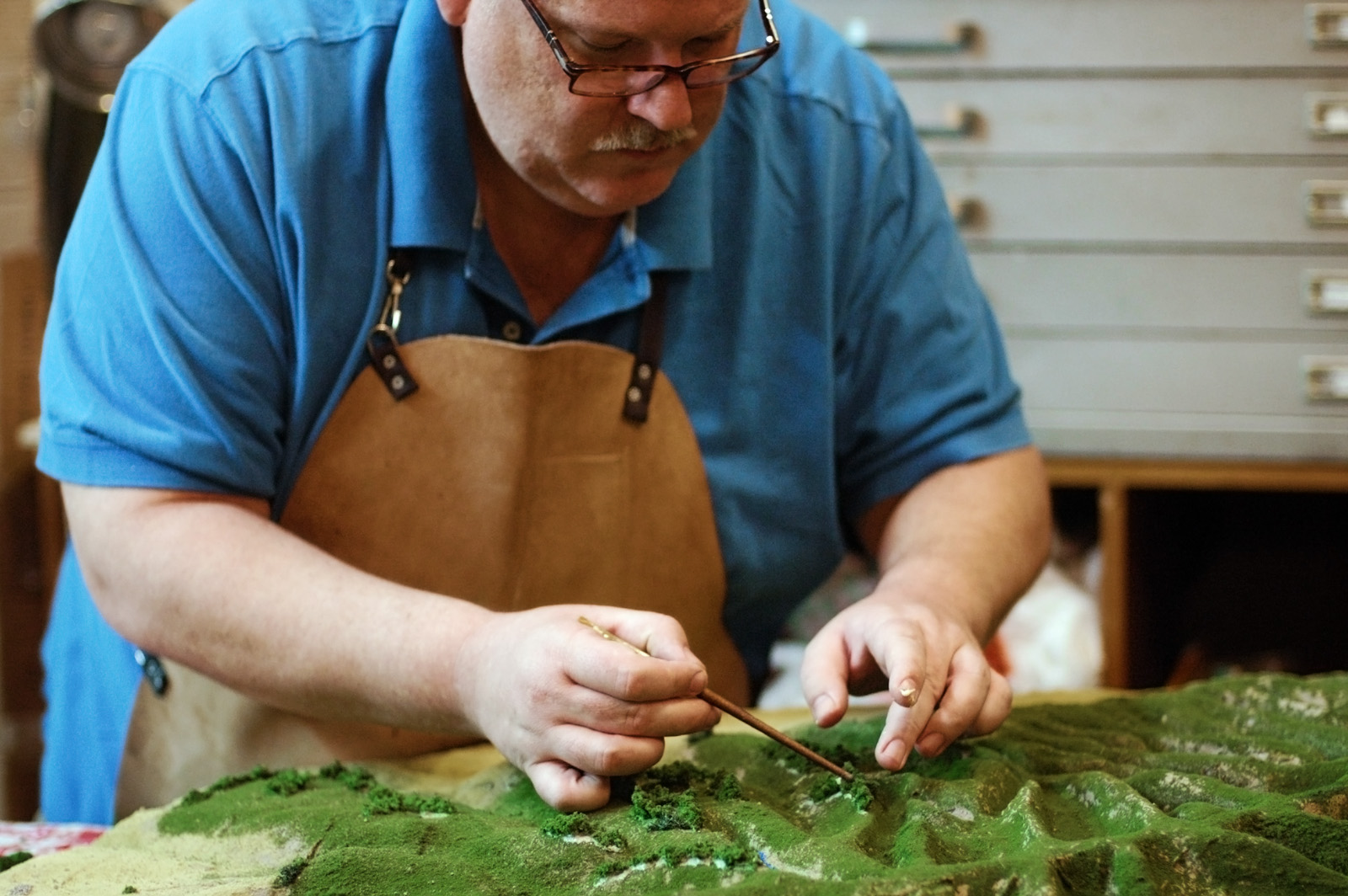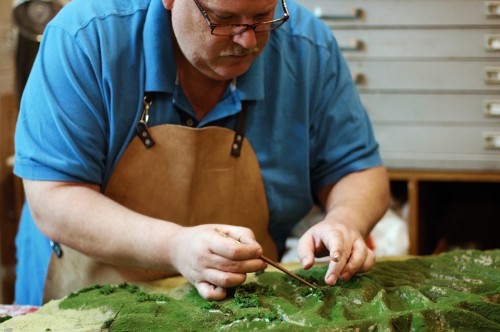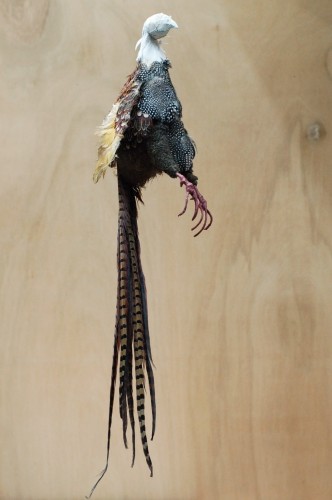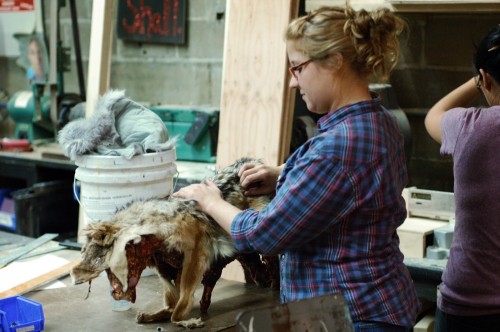“As a substitute for tea, wine, whisky or brandy he serves to the actors water colored with a piece of toasted bread to suit the shade of the desired liquid and then strained. This, by the way, is not a device of modern times.
It comes from the days of Shakespeare, according to stage tradition. Sometimes ginger ale or tea is used, but these are not favored generally because they will not suit all tastes.
To one actor the ale is too pungent, to another the cider is too sour, while the third may not be able to take tea without milk, which, of course, could not be used without impairing the color of the drink. So toast-water has been accepted as the regular thing, agreeable to every palate.”
-The Morning Call, San Francisco, December 25, 1890, pg 19.
A toast to drinking! Playwrights love to make their characters drink. More popular than eating on stage, drinking on stage can be found even in plays where it is not directed by the text; a bottle of booze or well-concealed flask is a common comedic bit or a way to add layers to a character. It’s not surprising; nearly every culture through the history of civilization has had some form of fermented drink.
Many of the fake drink recipes I’ve come across over the years deal with alcoholic drinks. Very few plays feature characters drinking fruit juices. Further, drinking real beer, wine or liquor on stage is mostly a bad idea for your actor’s health and for the integrity of the show. You can find anecdotes of great stage thespians who drank real spirits while performing in a play, but these are the rare exception rather than the rule. Other drinks need stage substitutes as well. Sweet or syrupy drinks cause phlegm, which affects an actor’s vocal performance, in what some call “frog throat.” Milk or chocolate–based drinks can do the same. Coffee or tea is sometimes used if it does not need milk added, or if a milk-substitute can be found. De-caffeinated versions are preferred because most shows commence in the evening.
A number of other factors can affect your fake drink recipe. The stage lighting of the scene it plays in can alter the look of it; what looked good in the prop shop may look wrong on stage. It is often helpful to have a bottle of the real stuff on hand for comparison. Other times, the director or designer may want to veer away from complete accuracy and request a whiskey which is darker than real whiskey, or a red wine that is redder than real red wine. The recipe you come up with needs to be economical and consistent. It is no good to come up with a complicated method which either takes too much preparation time or results in every batch looking different. You must also consult with your costume department if the drinks are spilled or splashed, or if they are strongly-colored, as is the case with red wine. Some recipes stain more readily than others. Finally, pay attention to the packaging and accoutrements surrounding your liquid; drinking has a lot of accessories and rituals which, if done properly, can help sell the idea more effectively than endless experimentation with your recipe. I should also mention that if a drink starts in an opaque container and is poured into an opaque cup, you may not even need to use anything other than water.
It should go without saying that gin, vodka or any clear liquor can be imitated with plain water. If you wish to serve a gin and tonic though, a tonic water would be better than plain. A vodka and Red Bull requires just Red Bull (or a non-caffeinated/unsweetened look-alike).
I’ve never run across or used the “burnt toast” method mentioned in the quote above, but another old standby in the prop person’s bag of tricks is using cold brewed tea for various dark liquors and even some wines. I’ve seen it mentioned in texts as early as 1907. The varieties of teas available gives you an endless selection of colors and opacities, and further looks can be achieved by varying the amount of time the tea seeps or by diluting the tea afterwards. Whiskey, scotch, bourbon, sherry and others can all be made. We’ve even found “red zinger” teas which can pass for red wine on stage. Though neutral on the vocal cords, some actors dislike the taste. In some cases, this may be preferable, as it forces the actors to sip their drink in a realistic matter, rather than chugging down enough whiskey to kill a horse in a single scene.
Another old trick for these drinks is using a small amount of burnt sugar solution in water. Caramel coloring is a form of burnt sugar; you can buy it on its own or use diluted caffeine and sugar free colas which have gone flat. Some props masters have even diluted these ingredients enough to make a white wine substitute. You can also find cola concentrates for use in home soda makers, like a Sodastream, though be aware that the plain versions will still contain sugar and caffeine. A small amount is all that is necessary for a convincing whiskey, while a few drops may be all that is needed for a white wine.
Cheap and/or watered-down apple juice has found its way as a substitute for whiskeys and white wines as well. I have also heard of cranberry juice, blackcurrant juice and cherry juices used for red wine, and diluted grape juice or weak lime juice substituted for white wine. Experiment with combinations of ingredients; many a prop master has found success by mixing one of the above fruit juices with a bit of flat cola for the perfect blend of color and translucency.
Food coloring can be an economical solution, particularly when crafting fake beverages in great quantity. A bit of red and a touch of blue can appear to be red wine. One drop of green may be all that is needed for a convincing white wine. Again, success may be found by adding a touch of food coloring to one of the above recipes.
Champagne is a bit tricker, especially when the director wants to see the bubbles, or worse, when they want a bottle to open with a convincing “pop”. The mechanics of pressurizing and corking a champagne bottle are beyond the scope of this article, but in many cases, ginger ale is the closest substitute. I’ve run across some older recipes that call for using either charged water or a bicarbonate of soda with similar coloring as the white wine recipes above, but this may be adding a layer of complexity which is unnecessary.
Beer can be even trickier. Often, the only convincing substitute is a low-or-no alcohol beer if your actors are okay with that. A convincing head can be achieved with cocktail foam, such as Frothee Creamy Head. You can find recipes to make your own using egg whites (or powdered egg whites if you are squeamish about consuming raw eggs) and an acid such as lemon juice, but again, this adds to the complexity of preparation.
Milk can be tricky as well. I mentioned above that milk fat can lead to frog throat, so skim or nonfat milk can be substituted. Some actors are lactose intolerant, so a non-dairy alternative is called for. Some prop masters have used powdered non-dairy creamer in water, others have used baking soda in water, though I imagine that must taste unpleasant. Diluted milk of magnesia has been used in the past, though if too much is consumed, it can have, er, dire side effects. Unsweetened coconut or rice milk may also serve as suitable substitutes. These days, your health food store may have all sorts of convincing, albeit pricey, lactose-free milk-substitute drinks.




